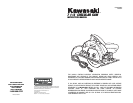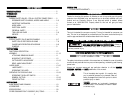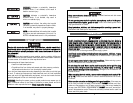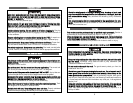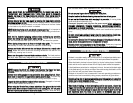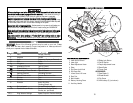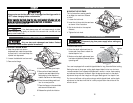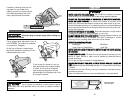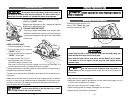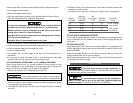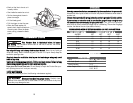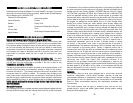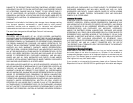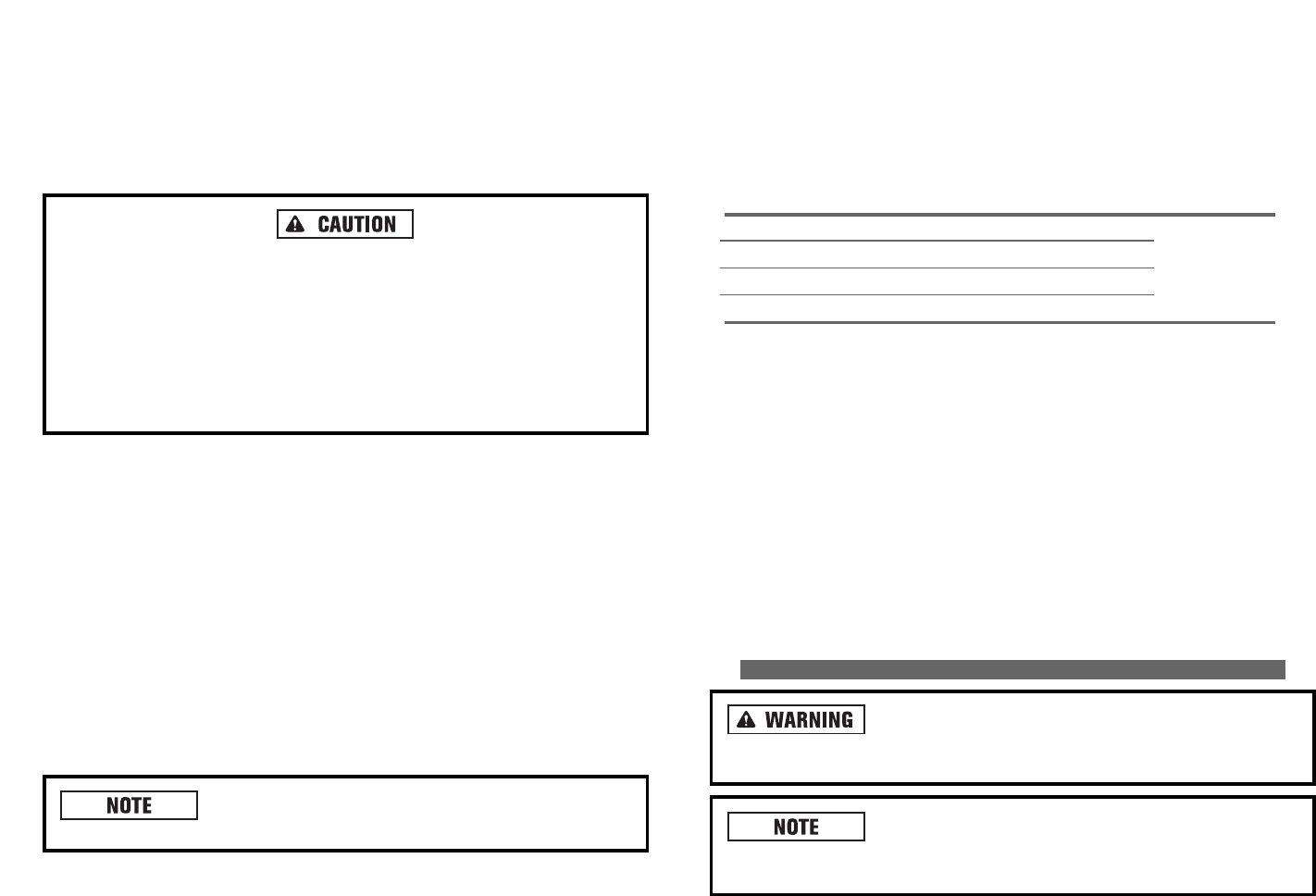
4. Maximum Cutting Time (the total amount of time that the saw can be under load
between cool down periods.)
5. Cool Down Period (6 minutes running with no load or 60 min. switched off.)
Maximum Max
Material Cutting Time Max Length Feed Rate Cool Down
Thickness (seconds) of Cut (sec./inch) Period
3/8" 30-45 15" 2-3 6 min. running
1/2" 18-36 9" 2-4 with no load
5/8" 18-30 6" 3-5 or 60 minutes
3/4" 20-25 5" 4-5 switched off
CUTTING THIN OR CORRUGATED MATERIALS
Cut thin and corrugated materials at least 1" from the edge of the workpiece to avoid
injury or damage to the tool caused by thin strips of metal being pulled into the
upper guard.
CUTTING LARGE SHEETS
Large sheets sag or bend if they are not correctly supported. If you attempt to cut
without leveling and properly supporting the workpiece, the blade will tend to bind,
causing KICKBACK.
Support large sheets. Be sure to set the depth of the cut so that you can only cut
through the workpiece, not through the supports.
When cutting widths greater than 4", clamp 1" lumber to the work piece and use the
inside edge of the shoe as a guide.
POCKET CUTTING
If the blade binds, release the trigger immediately. Do
not move the saw until the blade comes to a complete stop. Find the cause of
the binding before starting the saw again.
If the blade becomes pinched, twisted, misaligned or
bound, it will stall and lift up out of the work piece, suddenly jerking back
toward the operator. This reaction is referred to as KICKBACK.
• Make sure all bolts, screws and locking levers are secure before starting tool.
• Pull the trigger to start the saw.
• Set the shoe against the work piece.
• When the blade reaches full speed, slowly feed the blade into the work piece.
When the blade starts cutting, release the blade guard.
To reduce risk of damage to the tool or blade, do not exceed the feed rate
and maximum cut time for materials thicker than 1/4", as charted below.
Between maximum cut times, allow the tool to cool down for 6 minutes of
running with no load or 60 minutes switched off.
Cutting too fast or too long in heavy material will damage the tool if the tool
if the tool is not allowed to cool.
Cutting too slow will cause excessive wear on the blade.
This tool is intended for cutting unhardened ferrous metal and non-ferrous metal.
The following precautions must be followed to reduce the risk of injury.
• Do not cut stacked materials. Cut one piece at a time.
• Do not cut hardened steel.
• Cut materials with the wider edge of the shoe over the clamped side of
the material.
• Do not touch the blade, workpiece, chips, or chip container with bare hands
immediately after cutting; they may be hot and could burn skin.
CUTTING MATERIALS THICKER THAN 1/4" (3/4" MAXIMUM THICKNESS)
When cutting materials over 1/4", certain guidelines must be followed to avoid
serious damage to the tool and/or blade. The correct combination of the following
factors will allow for a successful cut through thicker materials:
1. Material Thickness (do not cut materials thicker than 3/4")
If the material thickness is not shown in the chart below,
round up to the nearest thickness listed in the chart and follow those guidelines.
2. Maximum Length of Cut (the length of material in inches through which the saw
moves between cool down periods.)
3. Feed Rate (the speed at which the saw moves through the material in seconds
per inch.)
17 18



